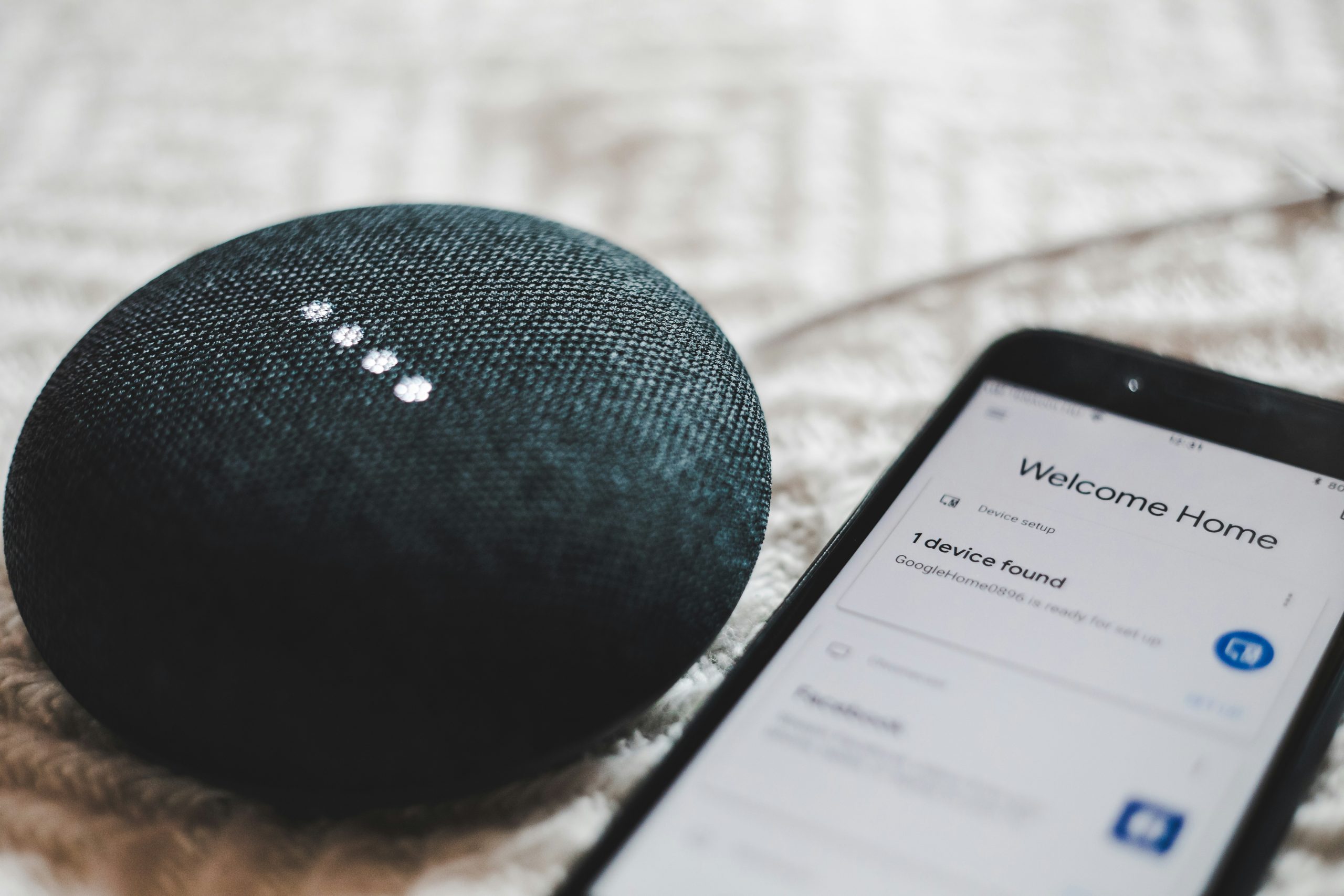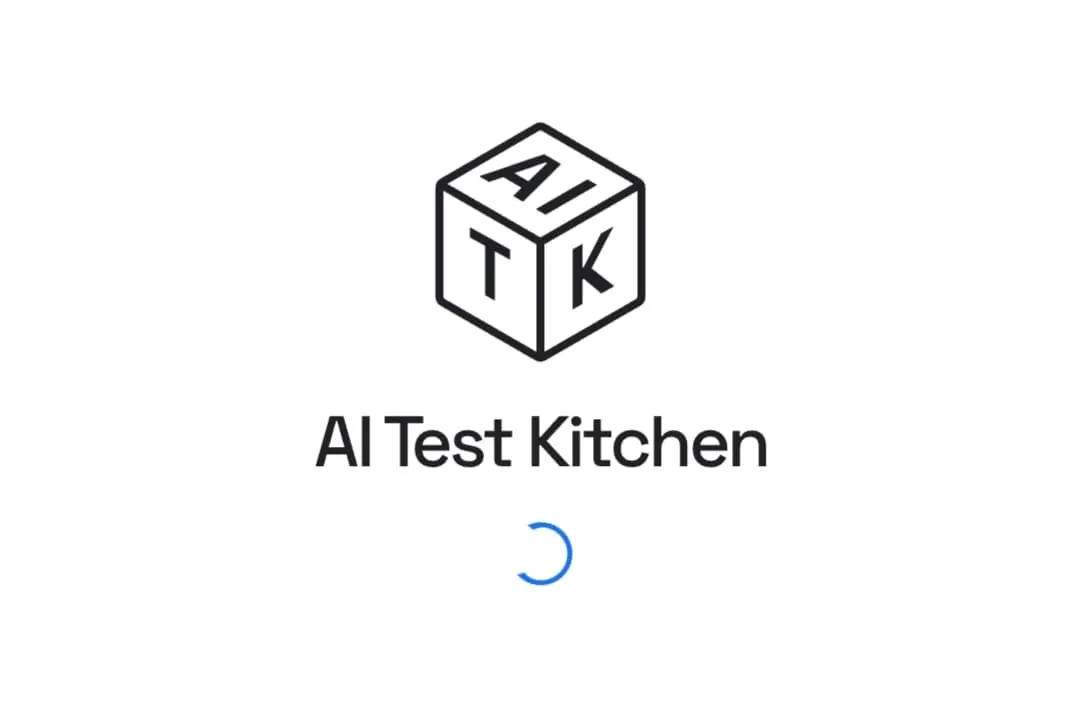In an era marked by rapid technological advancements, smart home technology is increasingly being recognized for its potential to significantly enhance the quality of life for aging and disabled veterans. The U.S. Department of Veterans Affairs (VA) is at the forefront of this revolution, leveraging cutting-edge smart home devices to foster greater independence among veterans who face daily challenges due to age or disability.
According to a recent report by Federal News Network, the VA is exploring various smart home technologies to help veterans maintain their independence and improve their overall well-being. This initiative is part of a broader effort to integrate modern technology into healthcare solutions, reflecting a growing recognition of the transformative power of smart devices in managing health and enhancing quality of life.
The Promise of Smart Home Technology
Smart home technology encompasses a range of devices and systems designed to automate and optimize household functions, from lighting and heating to security and healthcare monitoring. For veterans, these technologies offer a lifeline, providing critical support that enables them to live more independently.
One of the most promising aspects of smart home technology is its ability to monitor health and safety in real time. Devices such as smartwatches, which can track vital signs and detect falls, are becoming invaluable tools in veteran care. As noted in the Federal News Network article, a smartwatch once saved the life of the VA’s chief health technology officer, underscoring the life-saving potential of these devices. These smartwatches can alert caregivers and emergency services in case of medical emergencies, providing timely assistance that can be crucial in saving lives.
Health Monitoring and Emergency Response
Smart home technology offers several health monitoring and emergency response capabilities that are particularly beneficial for aging and disabled veterans. Wearable devices such as fitness trackers and medical alert systems can continuously monitor vital signs like heart rate, blood pressure, and oxygen levels. These devices can send alerts to caregivers or healthcare providers if they detect abnormal readings, ensuring that veterans receive prompt medical attention when needed.
Moreover, smart home systems can be integrated with telehealth services, allowing veterans to consult with healthcare professionals without leaving their homes. This is especially important for those with mobility issues or those living in remote areas with limited access to medical facilities. The integration of telehealth services with smart home technology not only enhances the quality of care but also reduces the burden on veterans and their caregivers.
Enhancing Daily Living with Automation
Automation is another key feature of smart home technology that can significantly improve the daily lives of veterans. Smart home devices can automate routine tasks such as turning lights on and off, adjusting thermostats, and locking doors, making it easier for veterans with physical limitations to manage their homes independently. Voice-controlled assistants like Amazon Alexa and Google Home can perform various tasks on command, providing a hands-free solution for veterans who may struggle with manual controls.
In addition to these conveniences, smart home technology can also enhance safety and security. Smart security systems equipped with cameras, motion sensors, and alarm systems can monitor the home environment and alert veterans or caregivers to potential threats. These systems can provide peace of mind for veterans and their families, knowing that their homes are being monitored around the clock.
Challenges and Considerations
While the benefits of smart home technology are clear, there are also challenges and considerations that need to be addressed. One of the primary concerns is the cost of implementing these technologies. Many veterans live on fixed incomes and may not have the financial resources to invest in smart home devices. To address this issue, the VA is exploring funding options and partnerships with technology companies to make these devices more accessible to veterans.
Another challenge is the need for reliable internet connectivity. Many smart home devices require a stable internet connection to function effectively, which can be a barrier for veterans living in rural or underserved areas. The VA is working to improve internet access for veterans through initiatives such as the Federal Communications Commission’s (FCC) Lifeline program, which provides discounted internet services to low-income households.
Additionally, there is a need for training and support to ensure that veterans can effectively use smart home technology. The VA is developing educational programs and resources to help veterans and their caregivers understand how to set up and operate these devices. This includes providing technical support and troubleshooting assistance to address any issues that may arise.
Collaborative Efforts and Future Directions
The successful implementation of smart home technology for veterans requires collaboration between various stakeholders, including the VA, technology companies, healthcare providers, and veteran service organizations. By working together, these groups can develop and deliver innovative solutions that address the unique needs of veterans.
The VA is also exploring opportunities to collaborate with academic institutions and research organizations to study the impact of smart home technology on veteran health and well-being. These studies can provide valuable insights into the effectiveness of these technologies and help identify areas for improvement.
Looking ahead, the VA is committed to continuing its efforts to integrate smart home technology into veteran care. This includes exploring new and emerging technologies, such as artificial intelligence and machine learning, which have the potential to further enhance the capabilities of smart home devices. For example, AI-powered systems can analyze health data to predict potential medical issues and provide personalized care recommendations, improving the overall quality of care for veterans.
In conclusion, smart home technology holds significant promise for improving the lives of aging and disabled veterans. By providing health monitoring, emergency response, automation, and security, these technologies can help veterans maintain their independence and enhance their quality of life. While challenges remain, the collaborative efforts of the VA and its partners are paving the way for a brighter future for veterans. As smart home technology continues to evolve, it has the potential to revolutionize veteran care and ensure that those who have served our country receive the support and care they deserve.
For more information on the VA’s initiatives and smart home technology, you can visit the Federal News Network article. Additionally, the Department of Veterans Affairs provides resources and support for veterans looking to integrate smart home technology into their daily lives.


 Home4 years ago
Home4 years ago
 Medical4 years ago
Medical4 years ago
 Gadgets4 years ago
Gadgets4 years ago
 Environment4 years ago
Environment4 years ago
 Medical4 years ago
Medical4 years ago
 Energy4 years ago
Energy4 years ago

